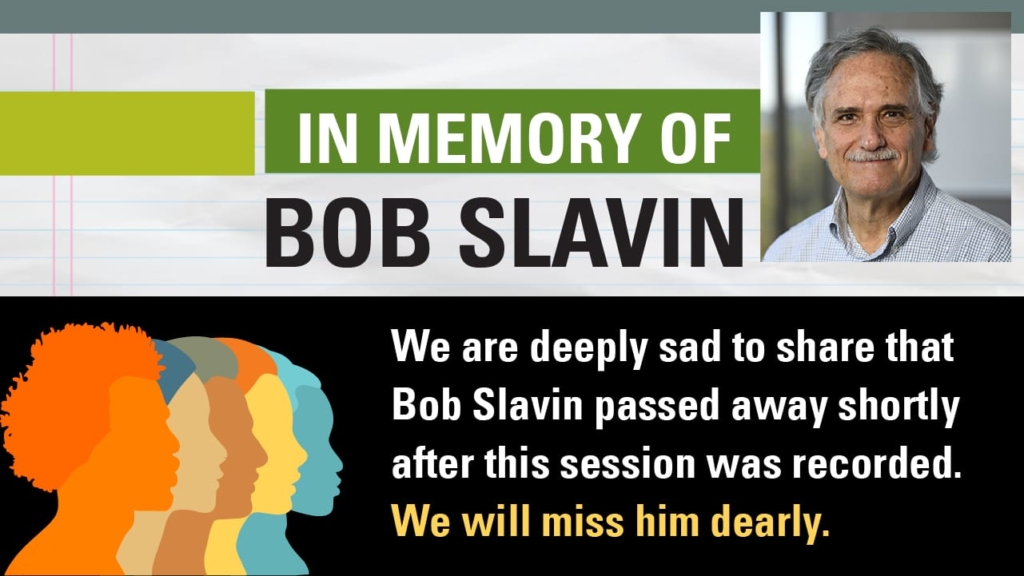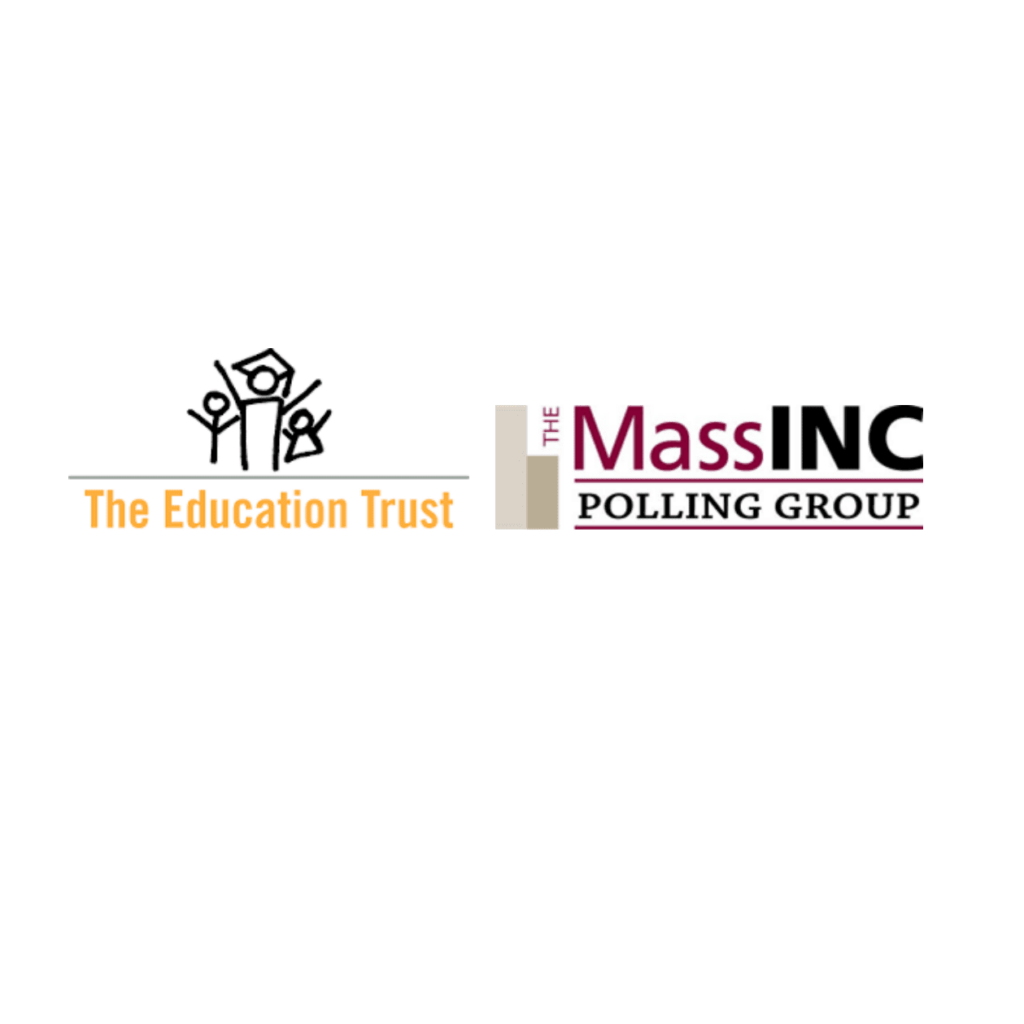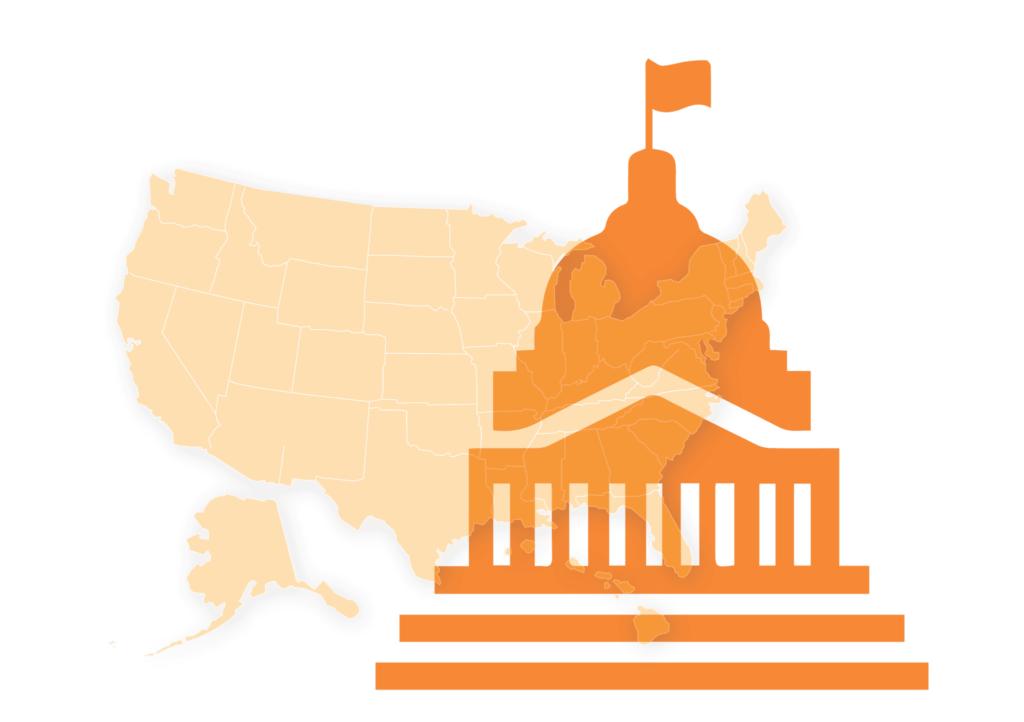Long-Term Considerations (Beyond Summer 2021)
Given the significant amount of unfinished learning that many students have experienced, and the significant amount of funding provided to high-poverty districts, supporting thoughtful implementation of targeted, intensive tutoring for students should extend well beyond summer 2021. The Department can play a critical role in helping states and school districts understand, invest in, and implement targeted, intensive tutoring in ways that not only help students make up for unfinished learning, but also accelerate their learning. Without additional guidance, states and districts may use federal funds to implement strategies, activities, or interventions that are ineffective and unlikely to address the gaps exacerbated by COVID-19, particularly for underserved students. We urge the Department, at a minimum, to require disaggregated reporting on which strategies schools implement and how well they are implemented, to issue guidance, and to provide technical assistance that supports states and districts in making the following decisions:
Student-Tutor Ratio
Research shows that two students per tutor is the most efficient and effective way to accelerate students’ learning. When there are more students who need individualized tutoring than there are tutors, some schools have placed three or four students with a single tutor; however, without specialized training, it can be more challenging for tutors to effectively and positively manage behavior. Therefore, it is even more important to ensure that tutors with larger groups have high-quality, positive classroom management training.
Scheduling and Location
Research shows that tutoring is most effective when offered during the regular school day and school year. Attendance, especially for older students, may be challenging, if tutoring sessions are offered only after school or during the summer (and thus voluntary). Additionally, tutoring offered during the regular school day and year allows for much greater coordination with the school’s regular curriculum, teachers, and parents. While summer school or after-school programs can be used to provide space and time for targeted, intensive tutoring, they will not be effective unless schools also use traditional school time well to deliver high-quality curriculum and instruction.
Through strategic scheduling, schools can create additional time during the school day to offer intensive, targeted tutoring. For example, double blocking — where students get an extra period a day in a specific subject — can be used to provide students with additional support. Here, the first block is used for tutoring and the second for the core curriculum. This is the approach used by Saga Education, a highly effective program where two students meet with one tutor during a one-hour daily tutoring session that is part of their regular class schedule. These tutoring sessions occur during the typical school day and replace either a second period of math or an elective course. The time is split evenly between reviewing foundational skills based on a student’s unfinished learning and working through the content of a student’s current math class.
For tutoring to be effective, it must be high-frequency. Students must receive targeted tutoring for at least 2.5 hours a week (e.g., 30 minutes a day in elementary school or three periods a week in secondary) for at least 16 weeks.
Tutoring should be provided in-person whenever safe and possible. In-person tutoring is far preferable because it fosters strong relationships between tutors and students. Research shows that strong relationships with teachers and school staff can dramatically enhance students’ motivation levels and therefore promote learning. However, for students who cannot attend school in-person, online tutoring can be used. We encourage the Department to share the limited evidence for online tutoring to be of assistance to schools and districts who may pursue that option.
Tutors
Certified teachers, paraprofessionals, AmeriCorps members, college students, and other volunteers who receive high-quality training can be effective tutors. And investment in high-quality pre-service and on-going training that includes observations is essential to ensuring positive impacts for students. All tutors should receive pre-service training to ensure they build positive relationships with students, by structuring activities around students’ interests and goals and setting high expectations early on. Tutors should be trained to appropriately adjust the lesson to match a student’s level of understanding and to use materials in culturally sustaining ways. Tutors who are less familiar with teaching and who have less training can benefit from a highly structured curriculum, which can help them effectively present material. These tutors also should be supported by more experienced educators.

 April 28, 2021 by
April 28, 2021 by 






